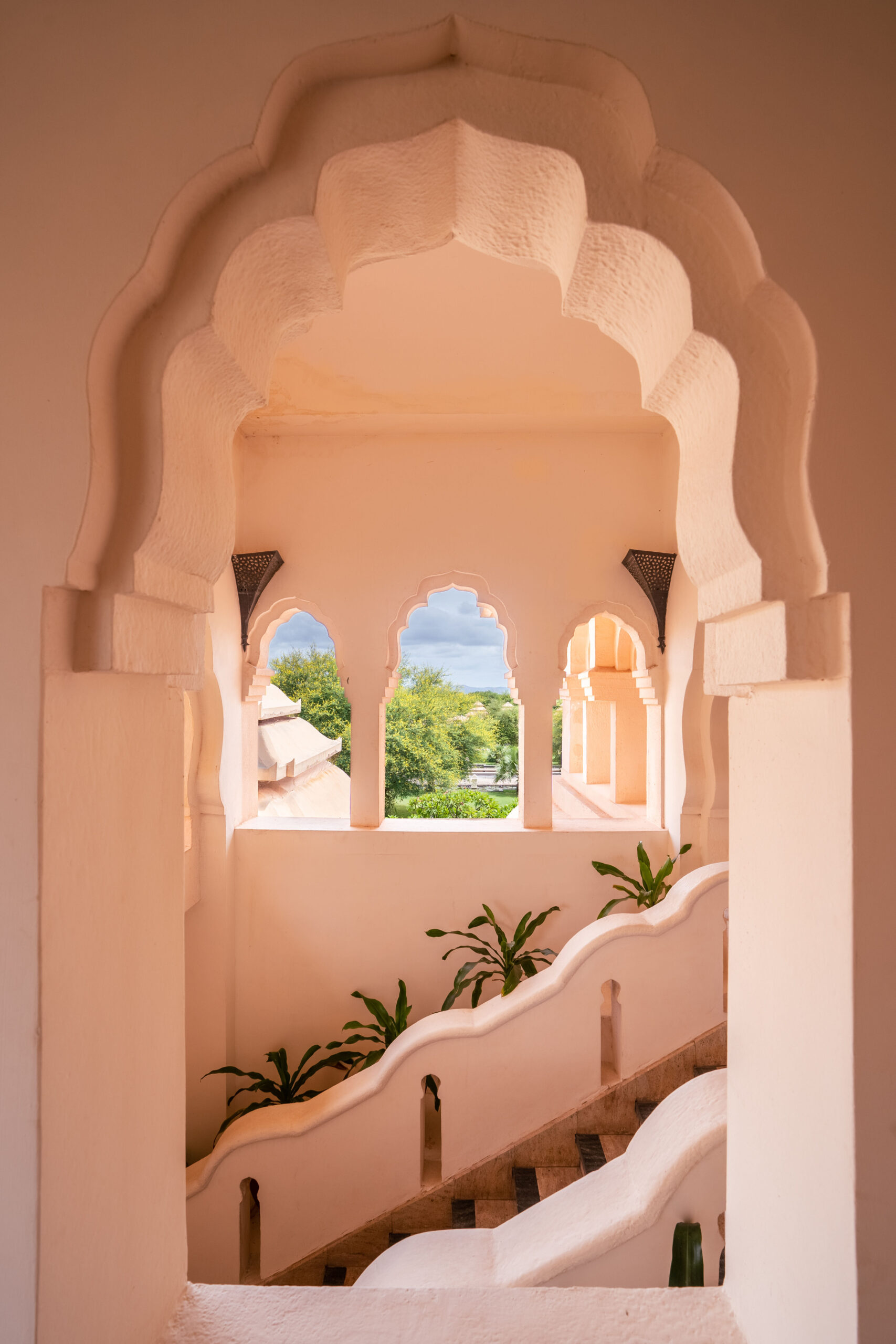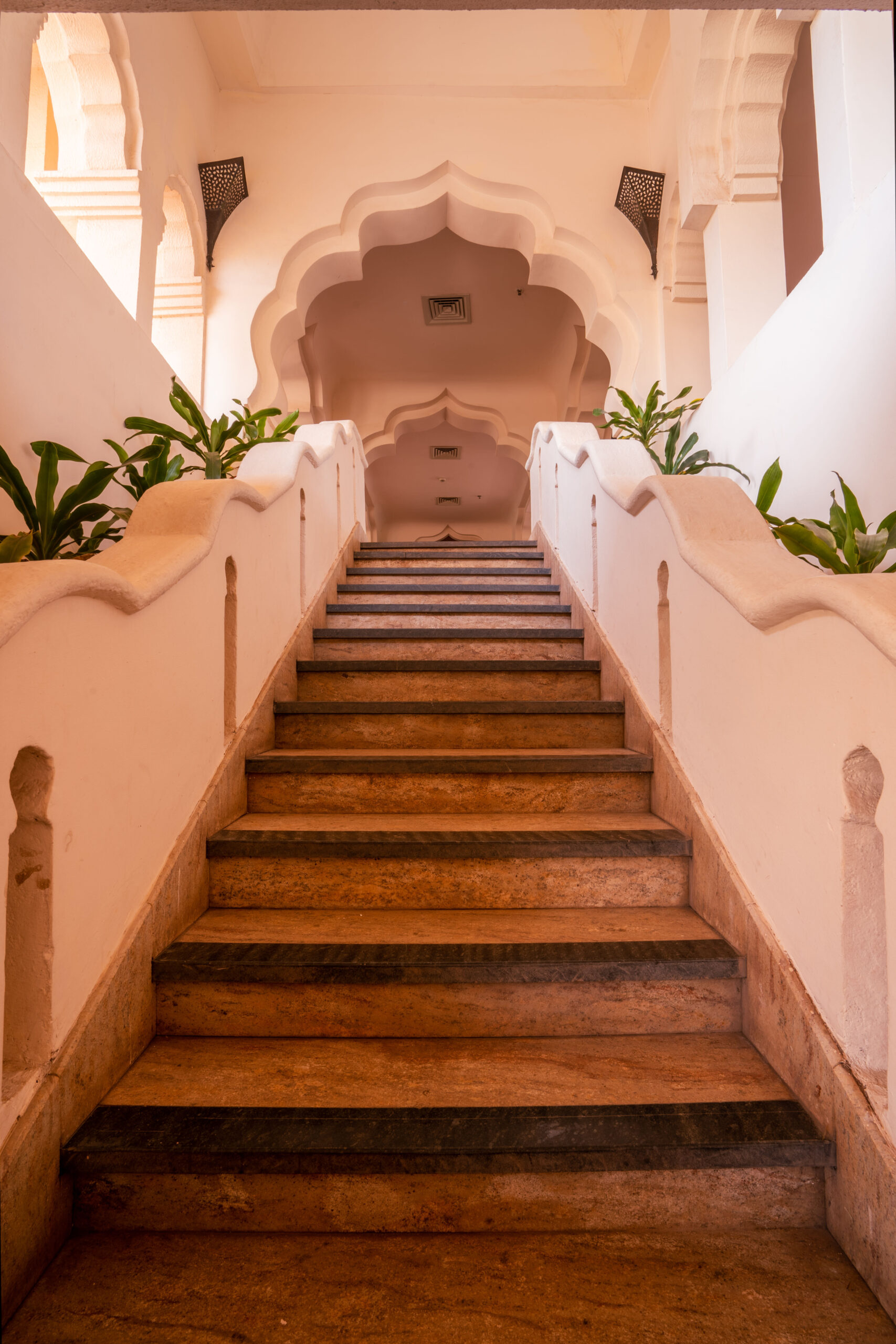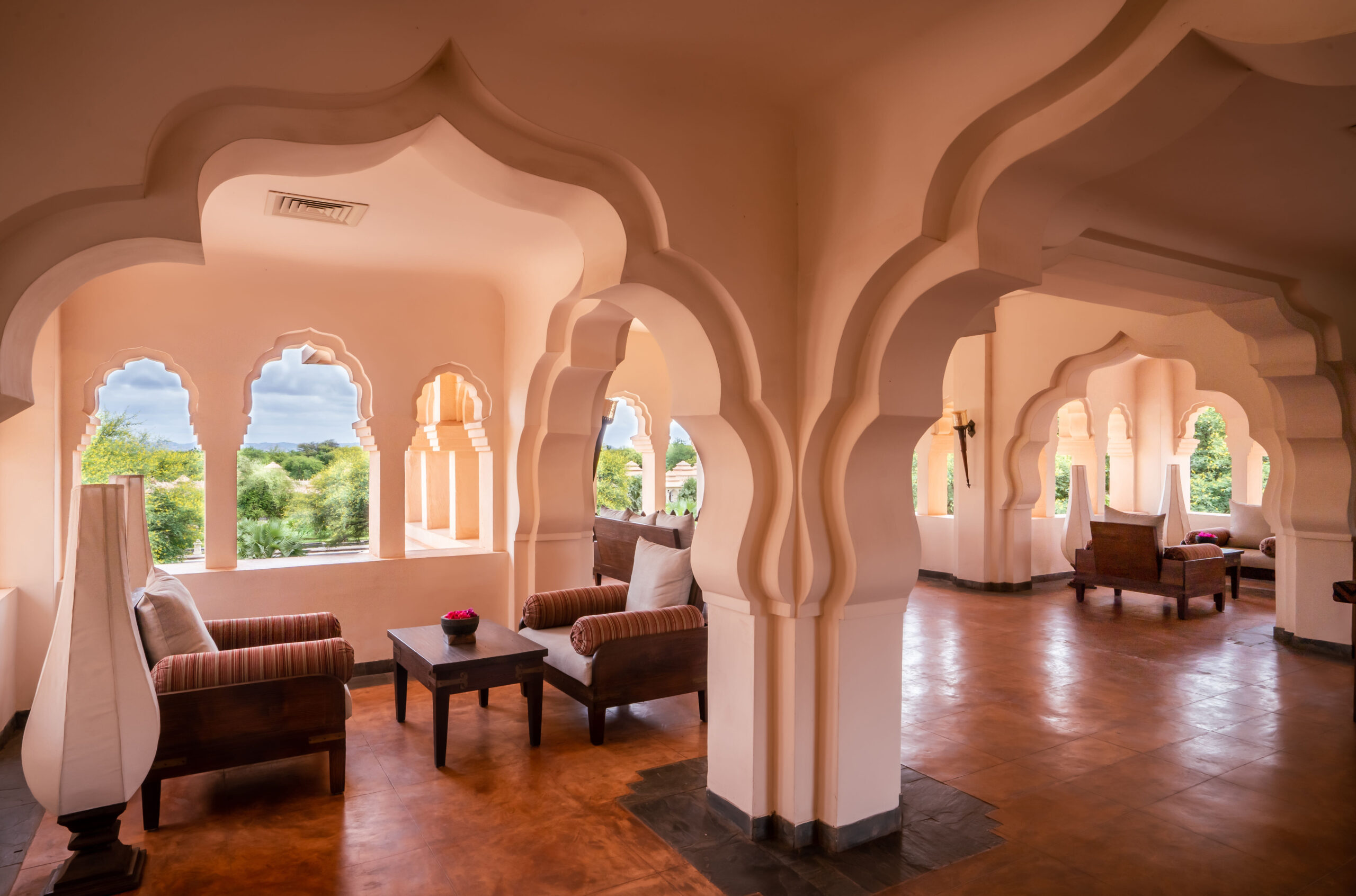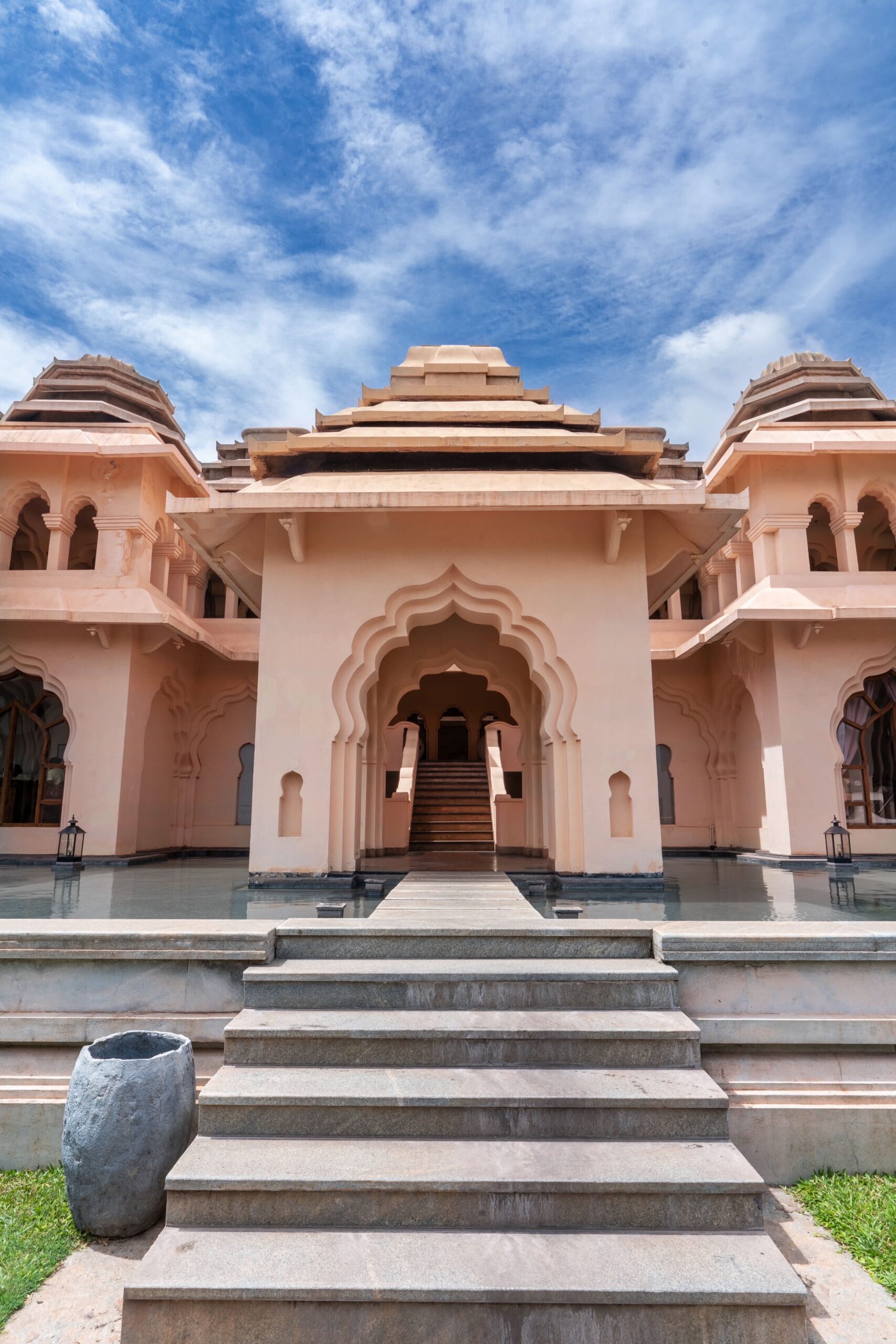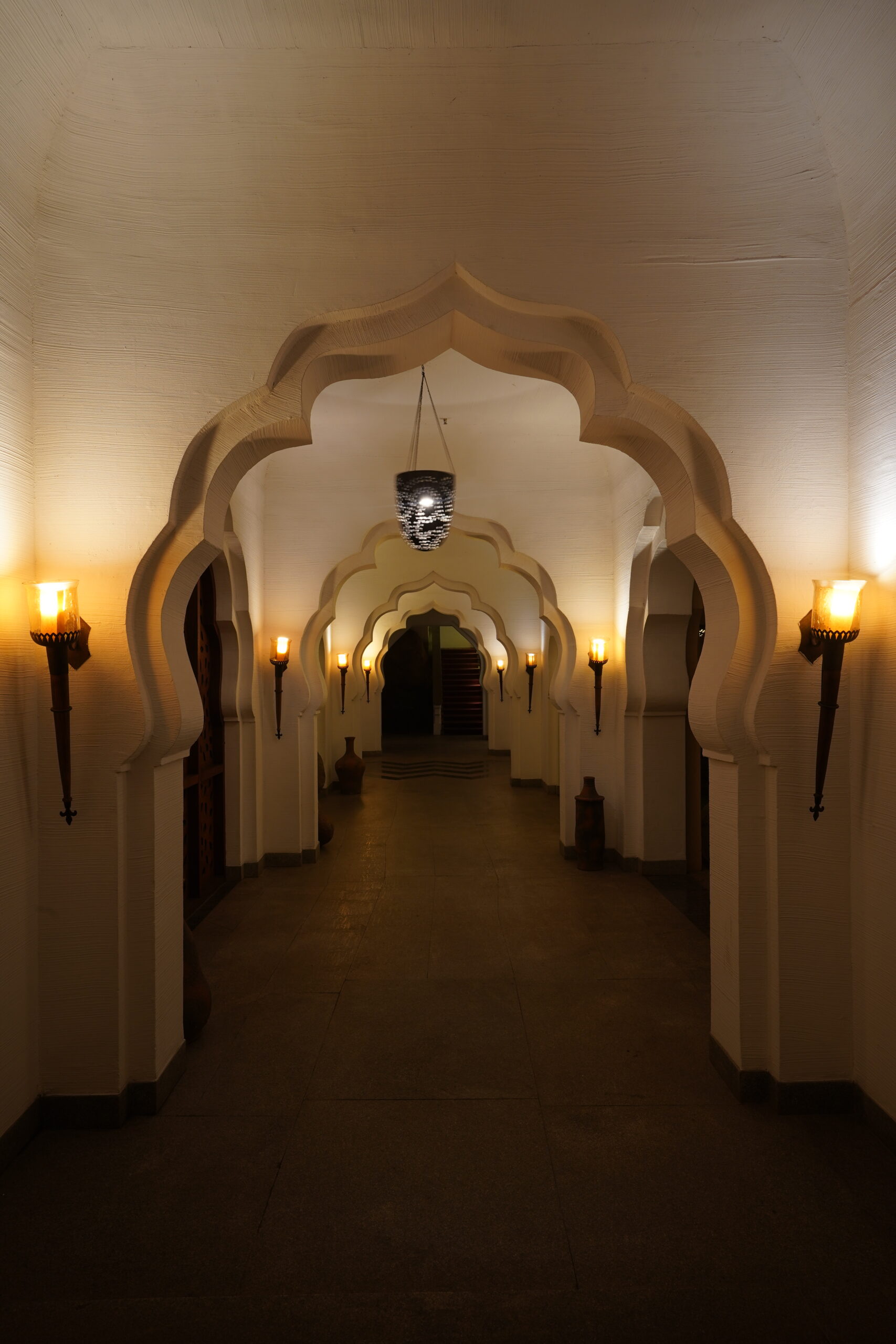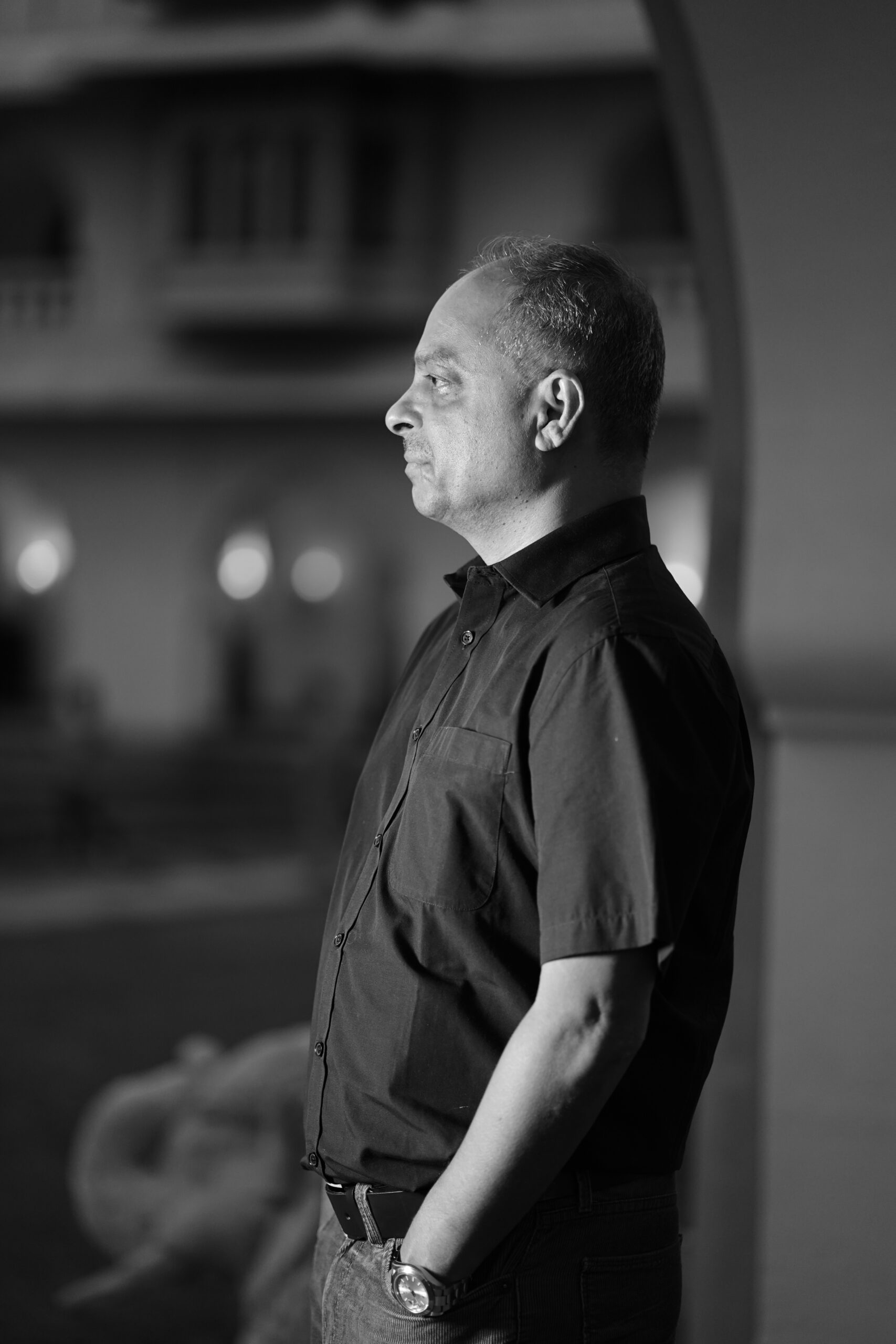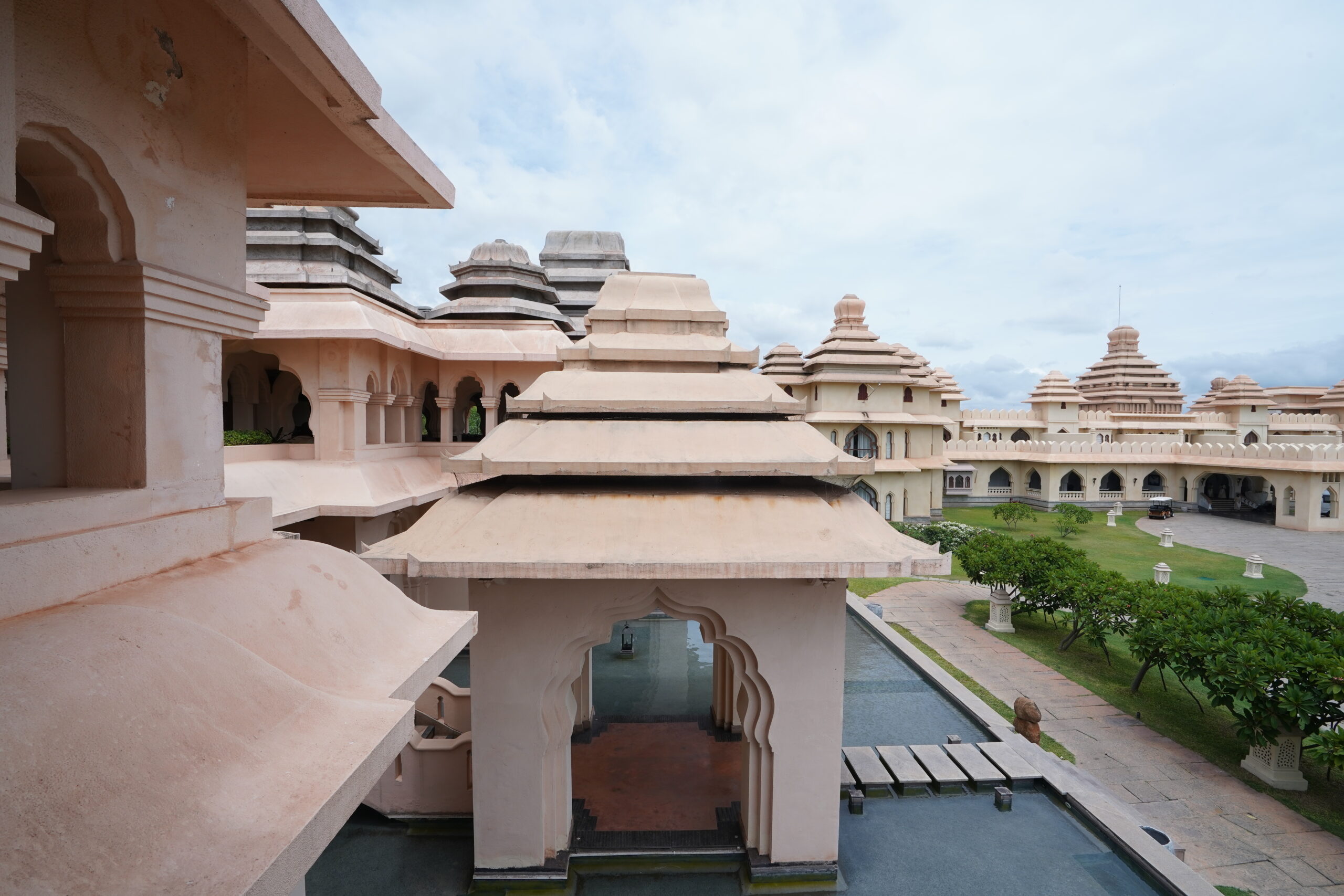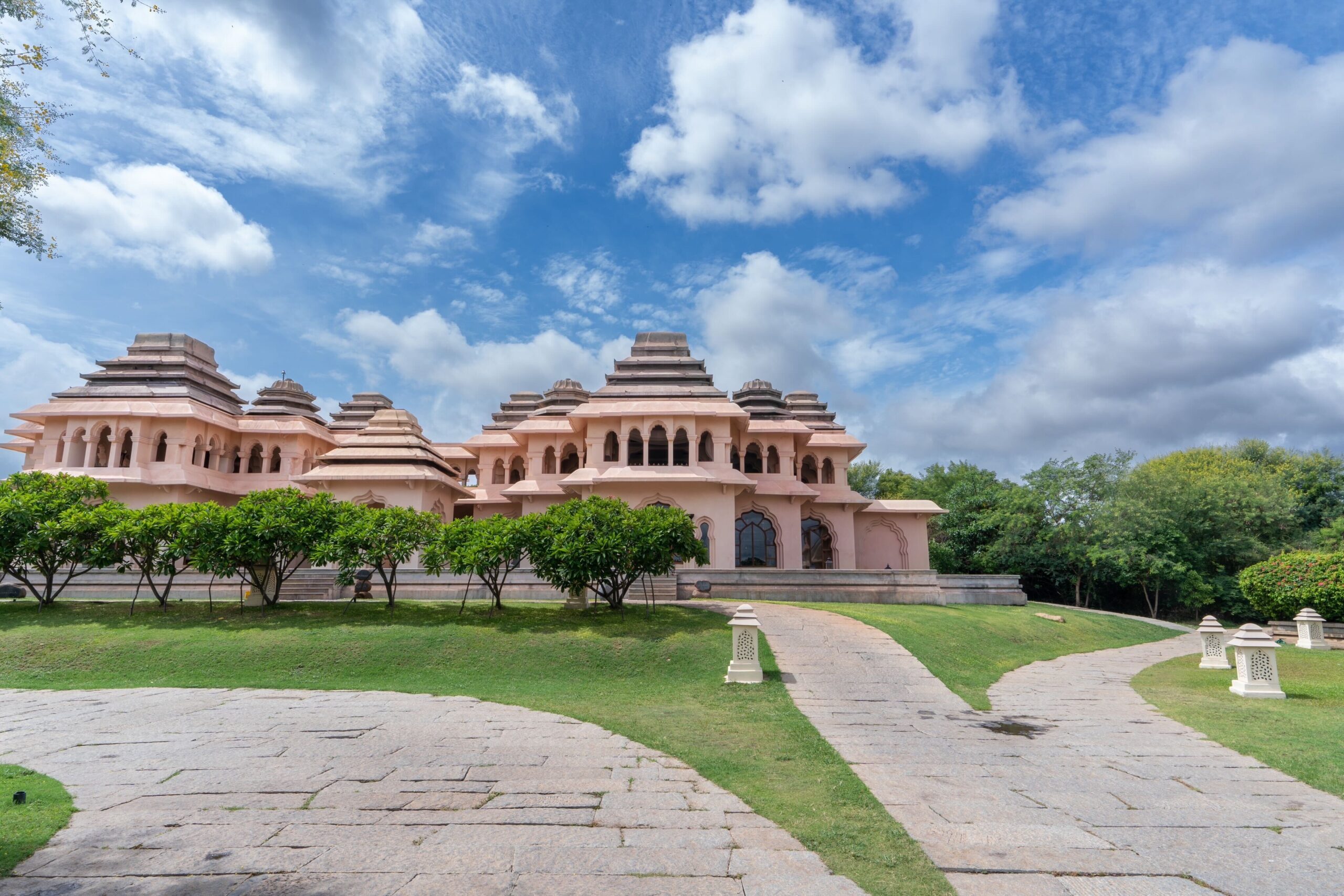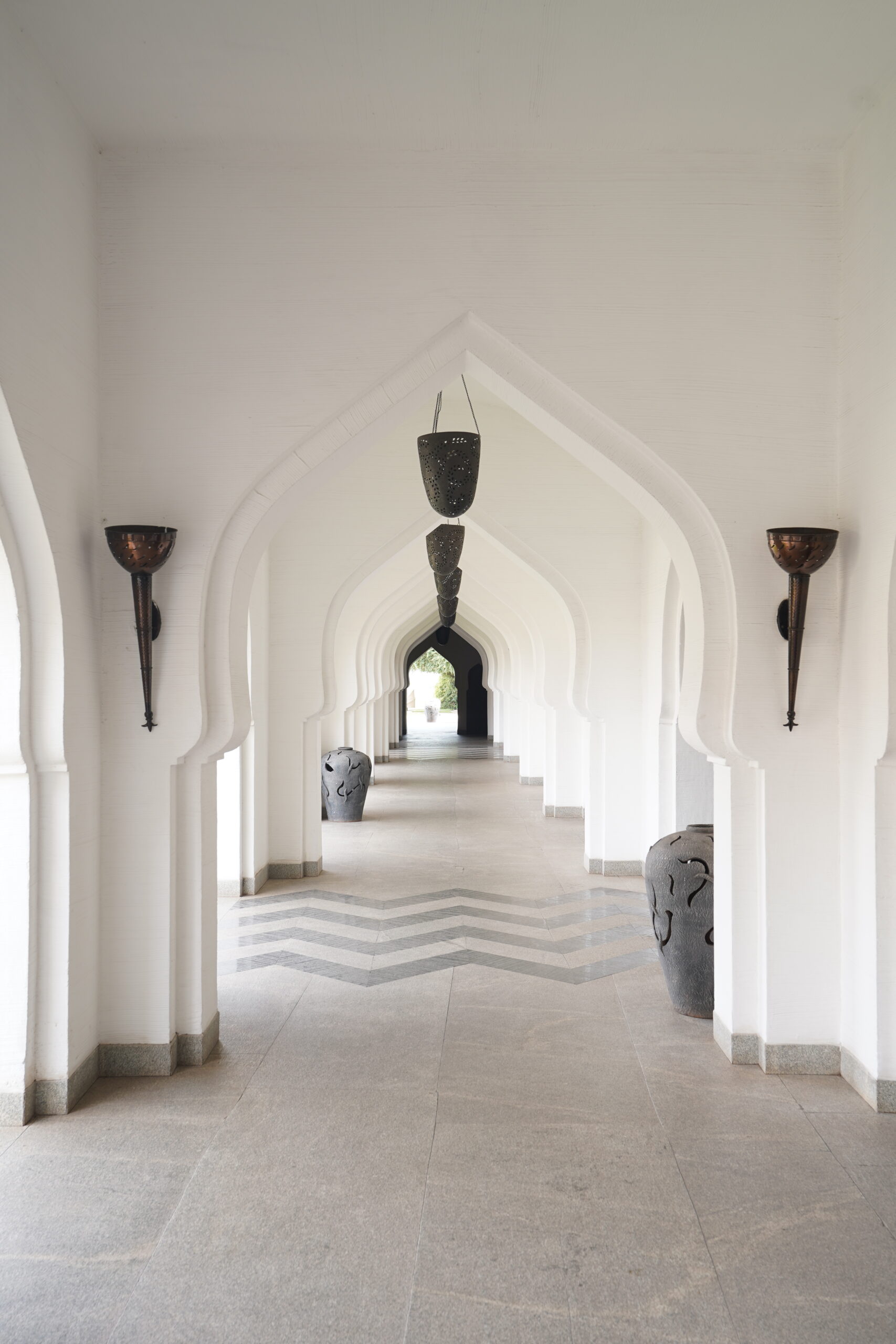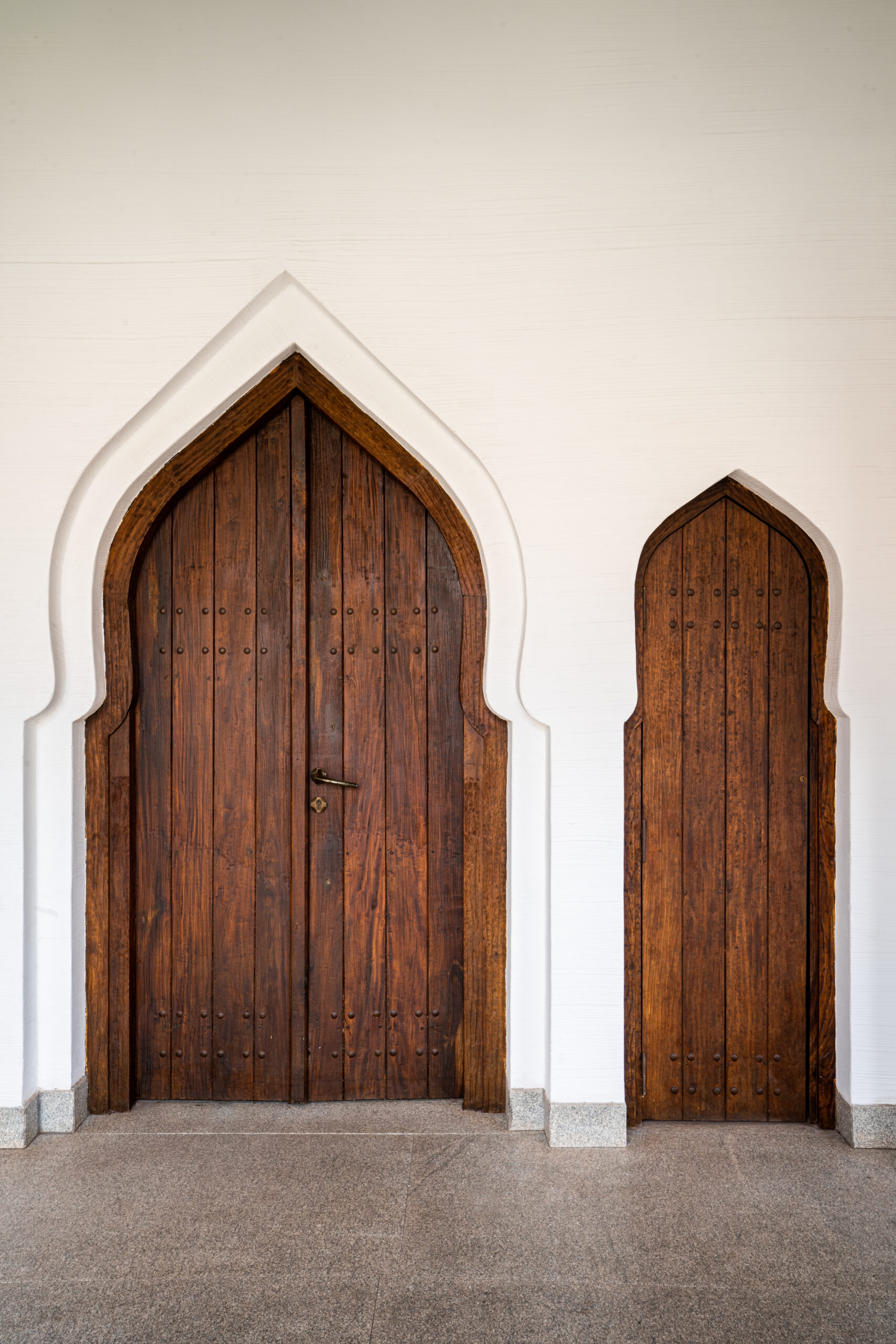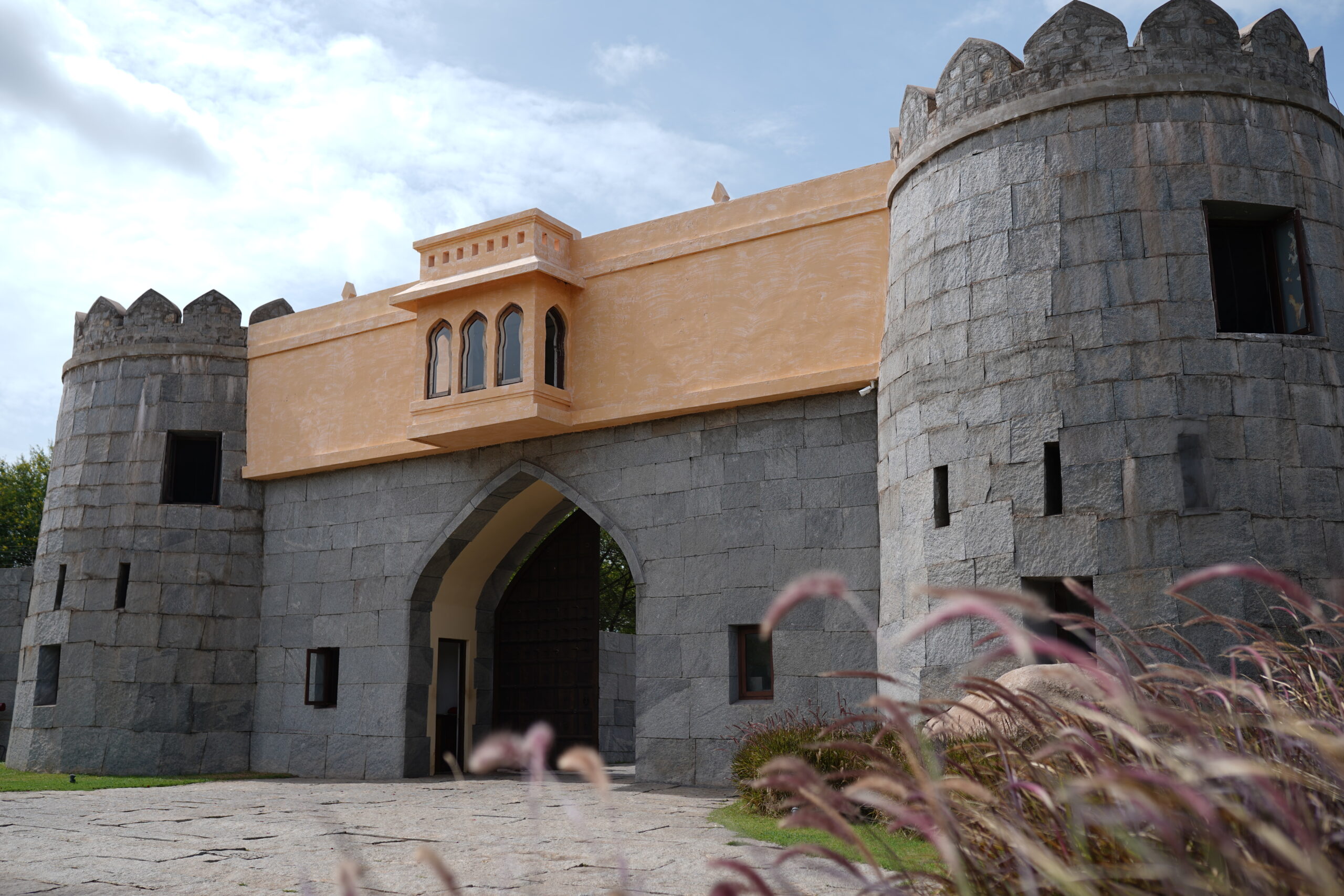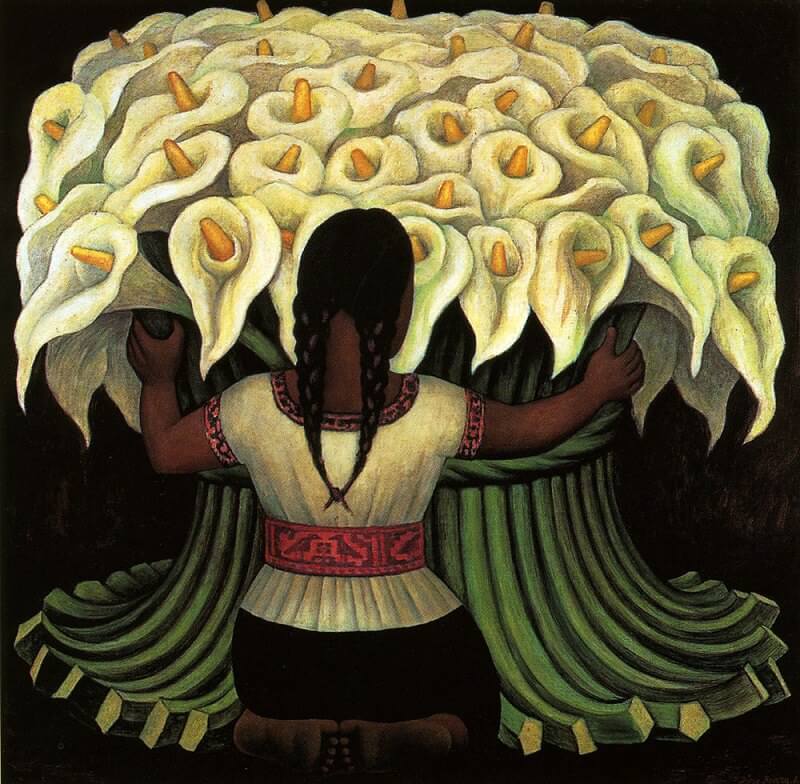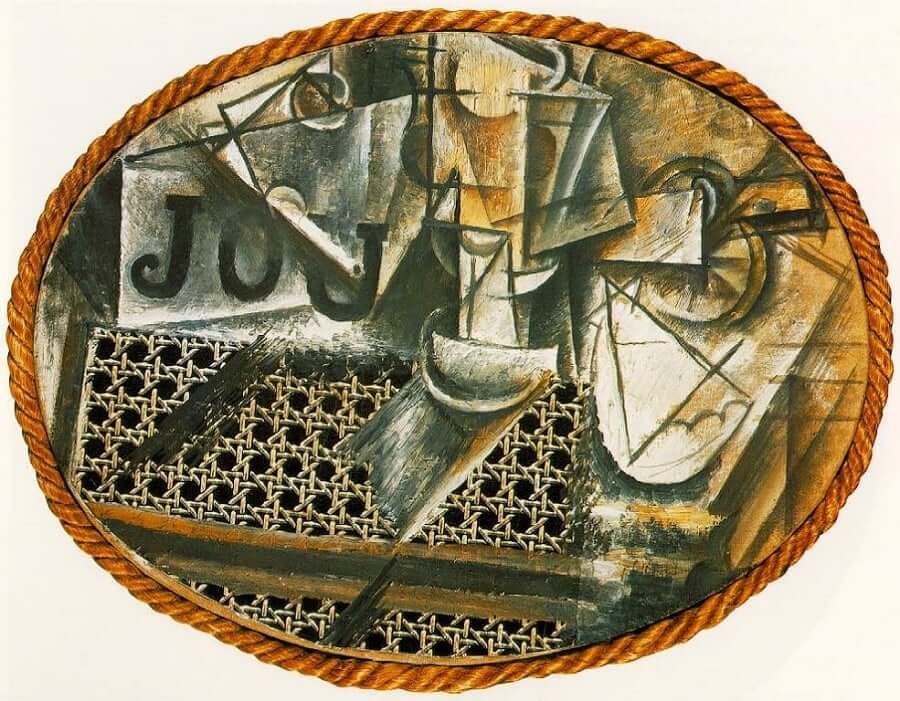There are some families whose prodigious stories become deeply etched in time – catalyzing the chronicles that establish business legacies. Dating back centuries, these glorious tales are synonymous with the ethos of their contemporary patrimony. One such family that resonates with the philosophy of ethics, idealism and a strong affinity for business is the Ramapuram family.
Born in 1889, Emmanuel Thomas Ramapuram – freedom fighter, lawyer and entrepreneur, and the first generation of the family – helms the story of the Ramapuram business empire. It was back in the 1900s when the seeds of the family’s intrinsic predilection for business were sowed. Emmanuel made his way to Coorg and fell in love with the natural and verdant beauty of the destination instantaneously. He then went on to purchase the Chikkanahalli Estate in Sidapur and Kaimakumbatta Estate in Pollibetta from their British owners. Ramapuram’s fervour for plantations encouraged him to purchase more land in Northern Kerala and Coorg including the cardamom plantation named Somangad Estate.
Laying the solid foundation for the hospitality business of the family, Emmanuel Thomas Ramapuram was creating history. There’s a certain beauty to such milestones in our timelines, that unknowingly establish the course of the future.
Archways embellish the interiors of the resort
Sitting in the midst of the Lotus Temple building at Evolve Back Hampi, I delve deep into a conversation with Jose Ramapuram (executive director – Evolve Back Resorts), the great grandson of Emmanuel, who invites me into the realm of his larger than life family and how its steered the creation of a grand hospitality business – Evolve Back Resorts.
Jose comes from a business-forward family and that’s evident; his passion for his syndicate is almost contagious. But before we get in too deep, I’m curious about his pedigree. He’s more than happy to enlighten me about the same. Hailing from a relatively large family that dates back to Kerala circa 1924, Jose takes me through his family tree.
Jose fondly speaks about seven of the brothers and talks about various avenues they’ve sallied into. He recalls with a glint in his eye how his father was very “entrepreneurial” – a driving force who encouraged the children to diversify across different commercial avenues. Under the spiritual guidance of their mother – Thraciamma Ramapuram and the powerful values of ethics and integrity inculcated by their father Thomas E Ramapuram, the Ramapuram family has grown steadily across various generations and businesses.
Today, the family conglomerate operates as Ramapuram Holdings which entails enterprises under real estate, coffee and orange plantations, education and hospitality. With brands like Sidapur Coffee and Malabar Coast (a spices brand), under the House of Ramapuram Foods, the family endeavours to bring back the lost scents and flavours of bygone India. Apart from F&B, the House of Ramapuram has made its mark in real estate with Earthitects (an architecture firm) too. With diverse businesses and industries, the family has divided its umbrella very structurally between all the siblings. “We at Ramapuram Holdings consider it our responsibility to enhance the wealth entrusted to us,” says Jose.
Floral arches decorate the powder-pink walls of the Lotus Mahal
When asked what works for them to stick together as a family, he tells me how they do indeed put a lot of effort into it. “We’ve put in a lot of structures. We even have a family constitution in place,” he says. “We experience great joy in our togetherness.”
It was back in 1994 when the Ramapuram family recognised the rise of Kerala’s tourism industry. Being in the centre of the state’s rapid economic growth with their colossal plantations (around 1800 acres), they converted one of their primary estates of Coorg into a resort.
Diving into the hospitality business with Orange County (a name which was coined owing to their orange and coffee inter-plantations), the family entered unfamiliar territory. Safe to say that the name Orange County managed to strike a chord with travellers from India and overseas, leading to the almost instantaneous success of the brand.
Jose Ramapuram, executive director of Evolve Back Resorts and Ramapuram Holdings.
The brand’s Kabini resort that’s centered around a southern wildlife reserve was launched next, one that gained popularity among wildlife enthusiasts and those seeking the quintessential African wildlife experience in India. The inception of their Hampi resort and the Evolve Back brand took place simultaneously soon after. A rebrand of Orange County marque, Evolve Back “aims to preserve and showcase the spirit of the land”.
Drawing the focus of our conversation to the magnificent space we were sitting in, I ask Jose about the inspiration and vision behind the grandiose Evolve Back Hampi – Kamalapura Palace.
Bearing a resemblance to a palace from the Vijayanagara Empire (the dynasty that ruled over Hampi between 1336 A.D to 1646 A.D), I’m almost amazed when Jose tells me the resort wasn’t in fact a heritage fortress converted into a hotel. Designed to bring an actual palace to life, Evolve Back Hampi – Kamalapura Palace did indeed look like it grew organically from the land – to the extent that the hues of its front facade almost looked like they were authentically a part of the actual soil.
The Lotus Mahal at Evolve Back, Hampi
The architecture of Evolve Back Hampi (and all their other resorts) can be attributed to Jose’s brother – George Ramapuram – who is not only the lead architect of the resorts but also managing director of the hospitality business. “George has travelled across the world, deeply studying the architectural styles of international hotels. In India, he not only researched on the ruins of Hampi but also travelled across to other palaces which were built by the Vijayanagara Empire – which include a number of UNESCO World Heritage Sites.”
The stark similarity between the resort we sat and the ruins of Hampi was no uncanny coincidence. George Ramapuram has endeavoured to recreate every little detail of the mentioned dynasty’s temple and palatial architecture.
For example – the Lotus Mahal which houses the hotel’s library is inspired from the original Lotus Mahal of Hampi. Floral arches, a powder pink hue and subtle feminine architectural touches are just some of the details that tie back to the actual Lotus Mahal – the leisure home of the queens of the Vijayanagara kingdom.
Interiors of The Lotus Mahal at Evolve Back, Hampi
The Lotus Mahal at Evolve Back, Hampi
“Each piece of granite you see in the property is intentionally irregularly cut, to teleport you to the antiquated roads of Hampi’s royal city – where not one piece of granite would be the same as another,” he says.
Whether it’s the moats around the Jal Mahal (suites of the resort) that correspond to the homes of the princesses of the kingdom, the “pushkarnis” (waterbodies) with “mantapas” (signature domes of royal structures) that have inspired the pool of the hotel to the very facade of the resort that resembles an age-old temple – each architectural element speaks of tales of the bygone Vijayanagara Empire louder than words ever can.
In every aspect of my conversation with Jose, I observe a beautiful blend of art and their passions. Experiencing it first hand at the Kamalapura Palace, I fathom how their massive enterprises have a figurative thread that ties back to their love for the arts, their ancestors and a passion for design and architecture.
Jose tells me about how the family has acquired land in destinations like Bhutan and the Maldives. The hotel group also owns and operates a luxury lodge in a game reserve of Botswana. With an active business proposition of entering new markets, Evolve Back Resorts plans to take its “Spirit of the Land” brand across the world. Not ironically, the lands which have been acquired internationally too are unchartered territories that are not so easy to access. A promising endeavour to showcase destinations whilst keeping alive its heritage and history, it’s interesting to gauge the future of not only Evolve Back Resorts but also the Ramapuram family.
Words by Akanksha Maker
Photographs by Aditya Pandey
